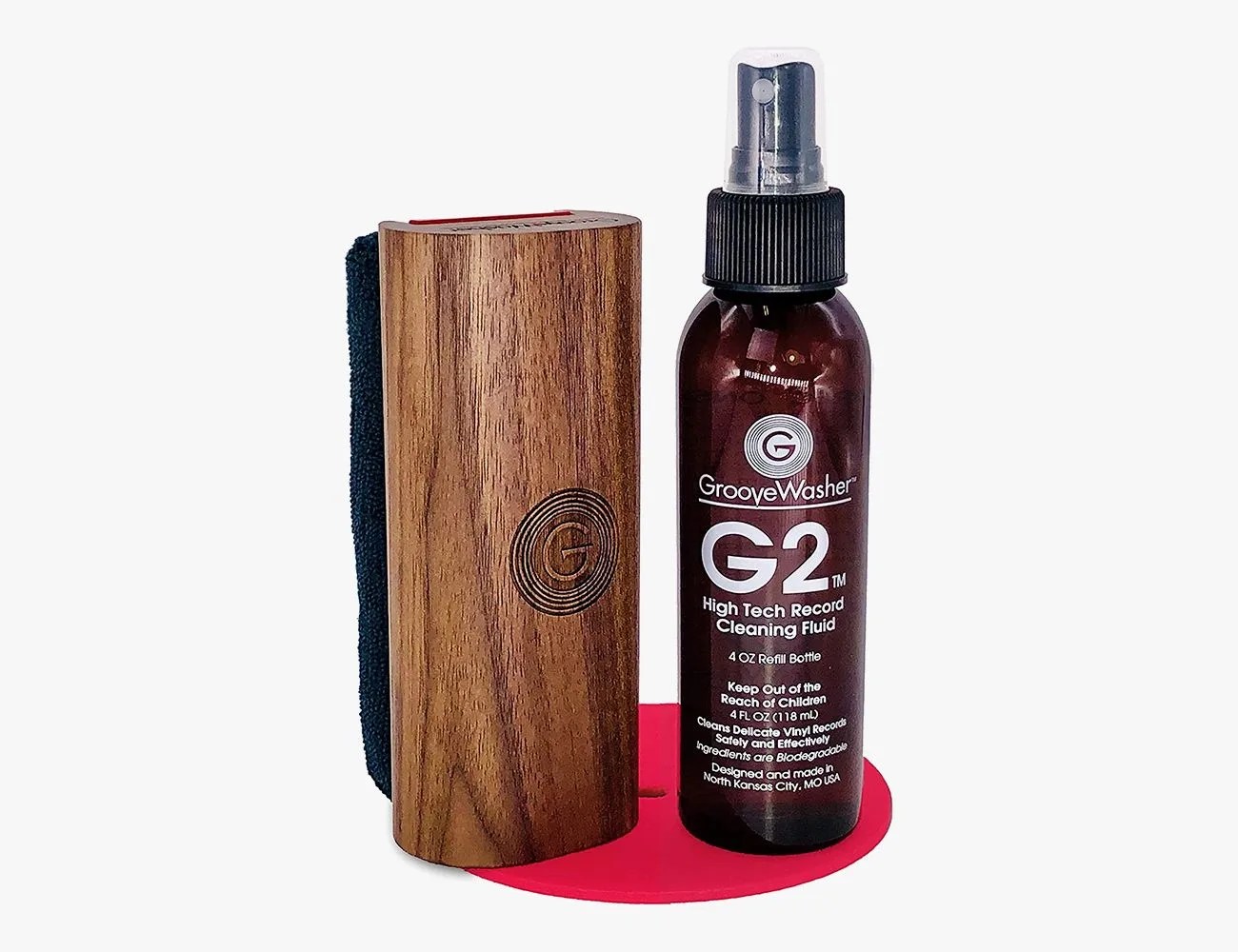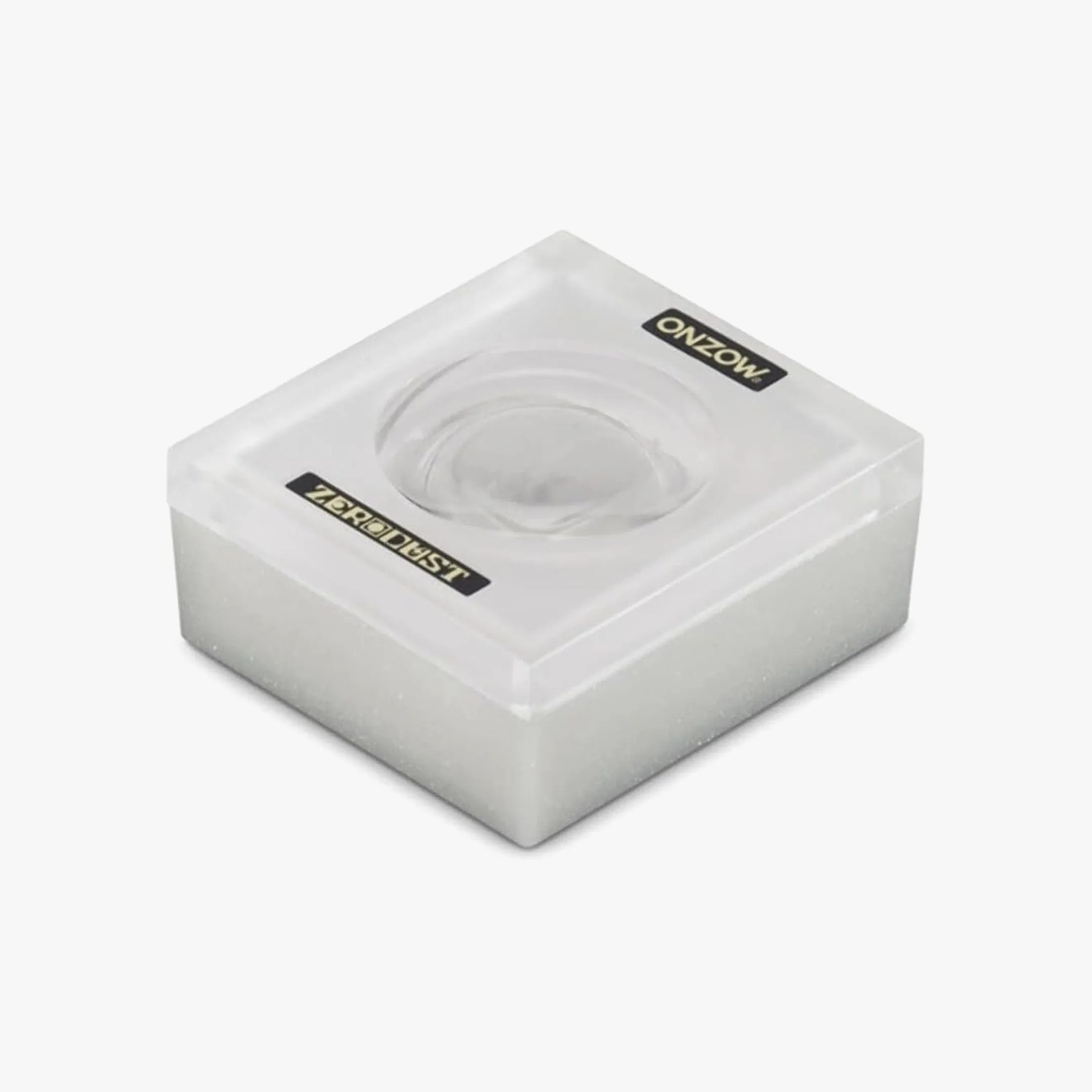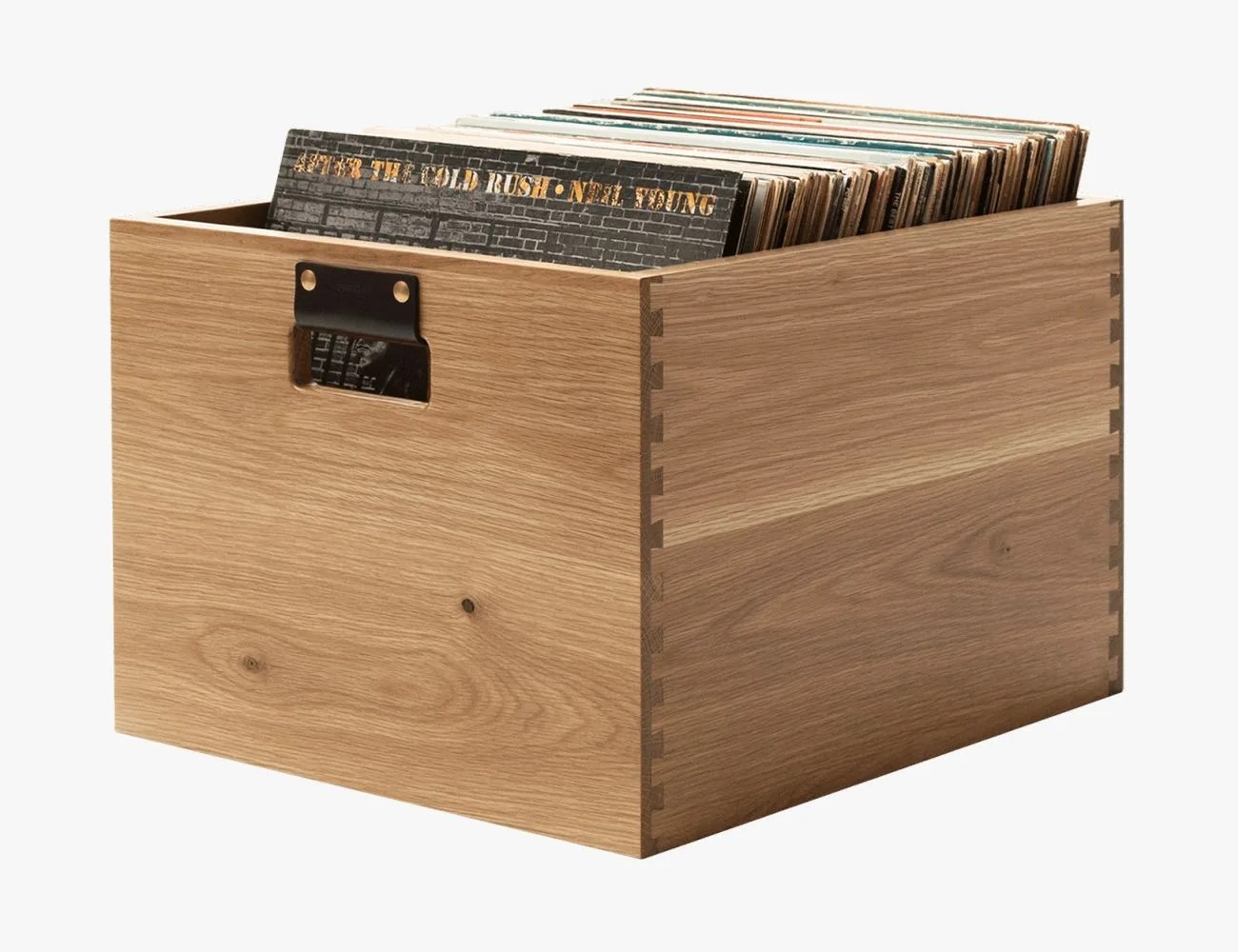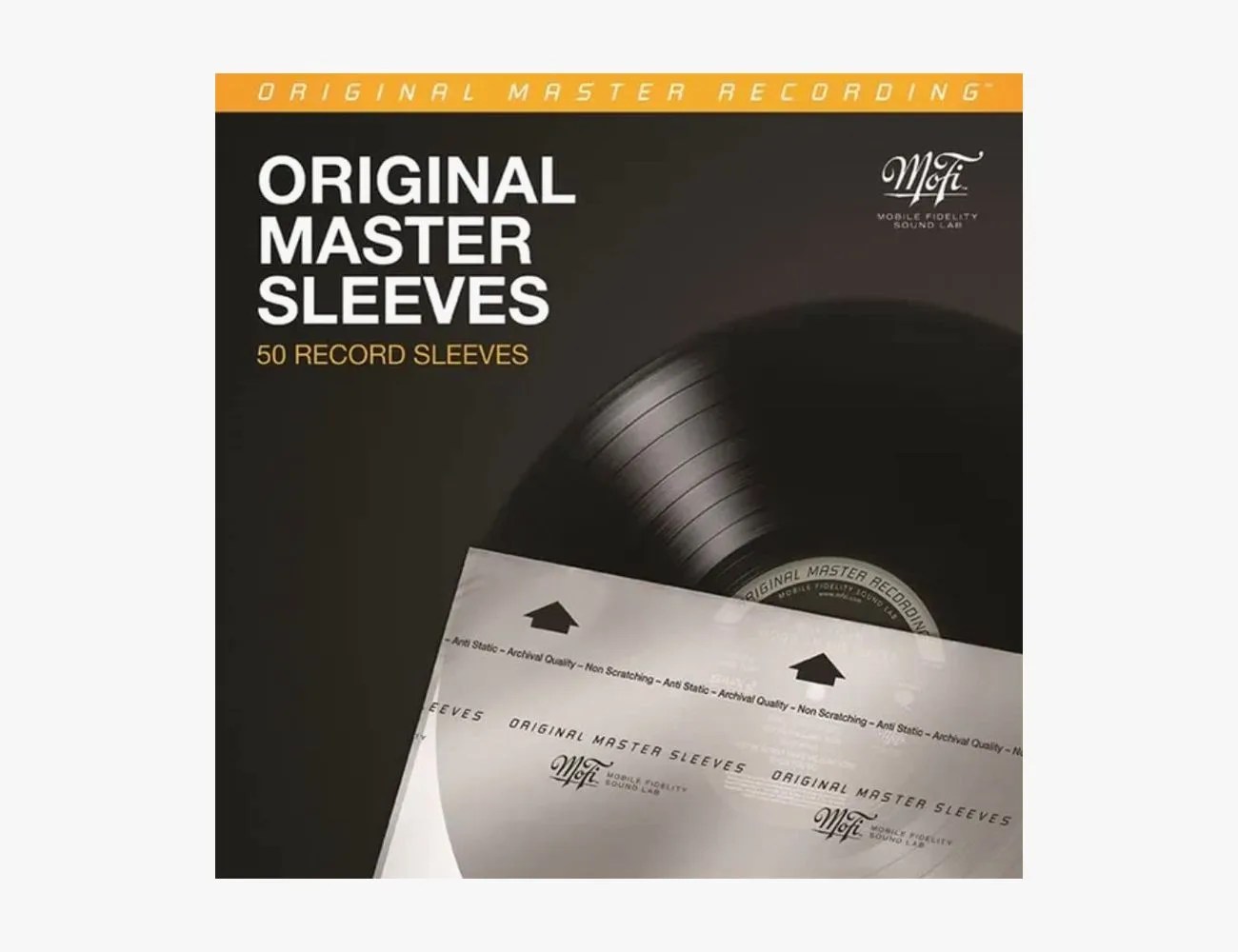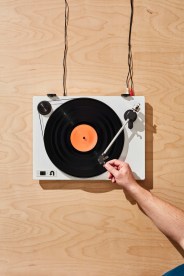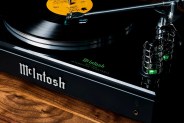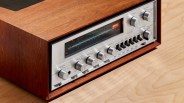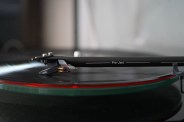The immense popularity of streaming has also, ironically, helped bumper vinyl sales. It turns out that the ease of listening to music has actually cultivated a desire among younger generations to physically hold, place and play records. A growing vinyl collection can also be shown off as decor.
Of course, a proper vinyl collection requires more care than managing digital music files; and there are a few fundamental things that every vinyl enthusiast, whether they have a large or small collection, should know — including what not to do. Here, seven mistakes even vinyl vets make with their collections.
1. You’re not cleaning your records (or your stylus)
Cleaning your records is hugely important to the overall sound quality of a vinyl setup, as the grooves catch dirt and other particles that affect a stylus’s ability to read the record accurately.
The easiest way is to perform a quick dry clean: Simply spin the record on the turntable and lightly rest a record-specific brush on top. After a few seconds, carefully drag the brush off the record. It’s a good habit to do this every time you listen to a record and it only takes a few seconds.
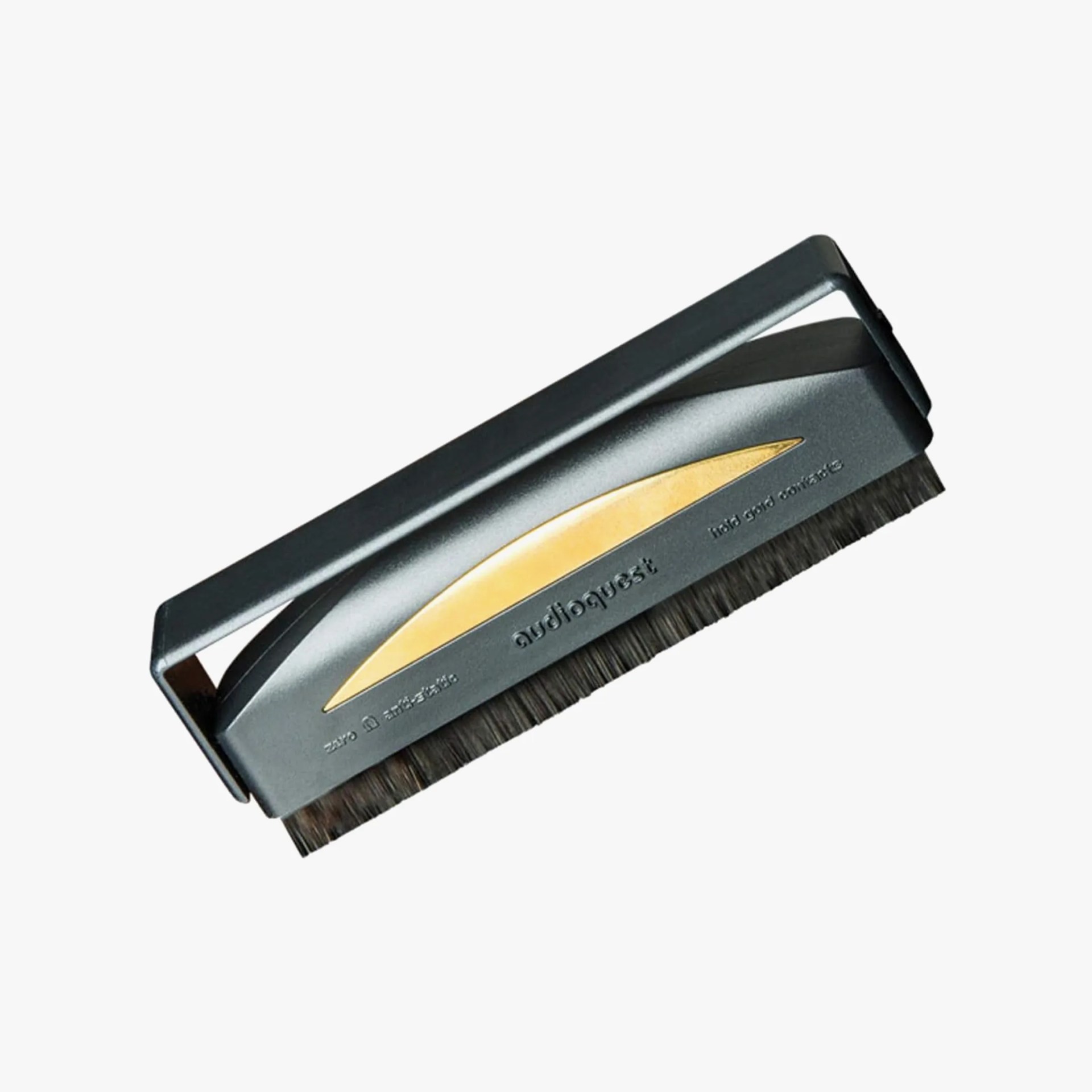 Amazon
AmazonEditor's Pick
AudioQuest Record Brush Antistatic Carbon Plate Brush
If your records are really dirty, they probably need a bath. Wet-cleaning your records can help remove dust, dirt, static and natural oils from the surface of your record so that they sound better and last longer.

